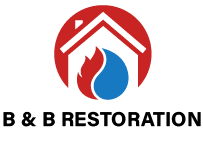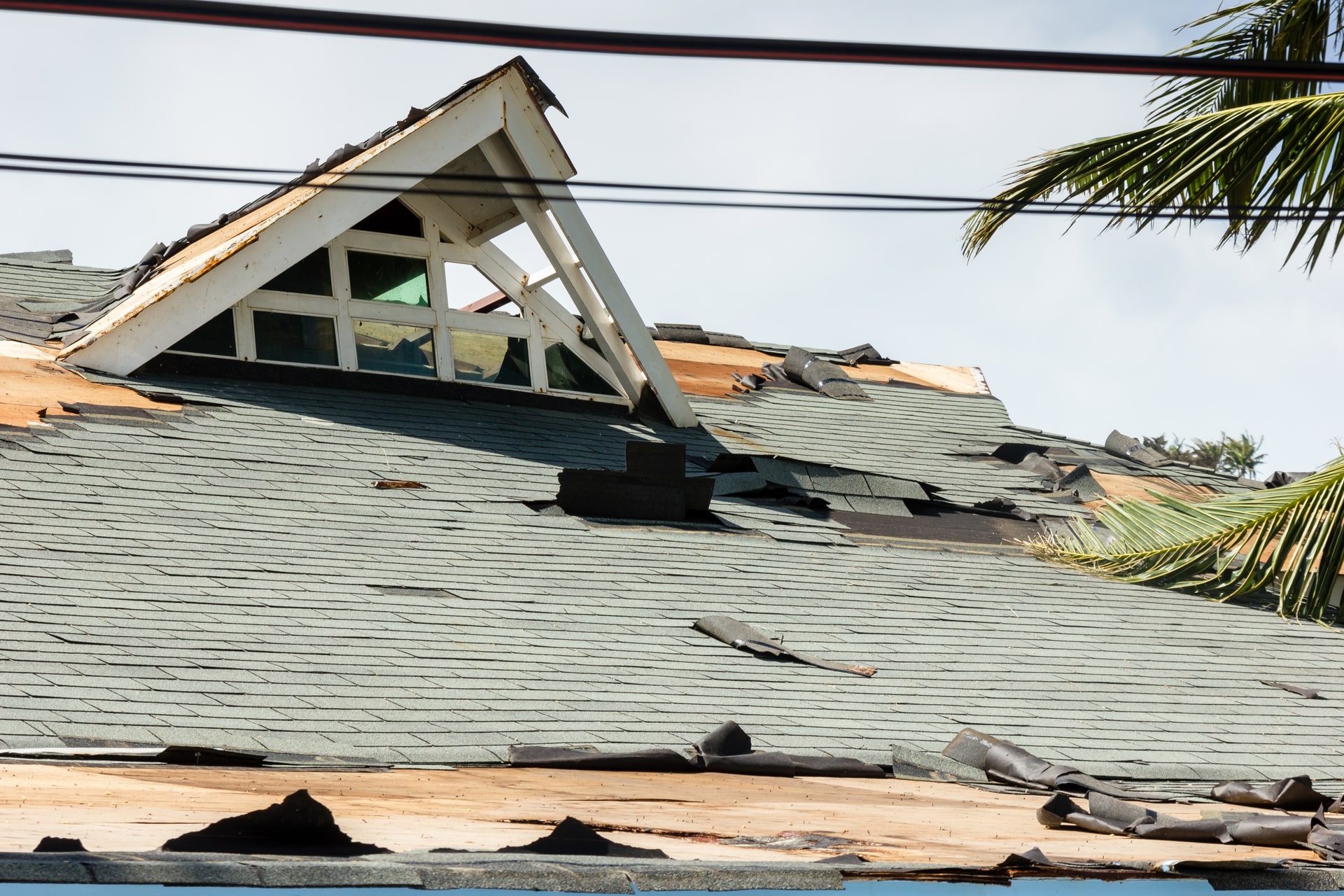Rebuilding After the Storm: A Complete Guide to Storm Damage Restoration
When a powerful storm hits, it can leave behind more than just fallen trees and broken fences—it can cause significant damage to your home, business, and peace of mind. From heavy winds and hail to flooding and roof collapse, storm damage can be unpredictable and devastating. That’s why understanding how to assess, respond to, and recover from storm damage is essential for every property owner. In this guide, we’ll walk you through everything you need to know about storm damage and how to get your property—and your life—back on track.
Understanding Storm Damage
Storm damage refers to the destruction caused by severe weather events such as hurricanes, tornadoes, thunderstorms, hailstorms, or heavy snow. The severity of damage can vary from minor leaks to total property loss. The most common types of storm damage include:
- Wind Damage: Strong winds can tear off roof shingles, break windows, or even uproot trees that may fall on your home or vehicle.
- Water Damage: Rain and flooding can infiltrate basements, walls, and ceilings, leading to structural weakening and mold growth.
- Hail Damage: Hailstorms can dent siding, damage roofing materials, and shatter glass surfaces.
- Lightning Strikes: Lightning can cause electrical fires or damage electrical systems and appliances.
- Fallen Debris: Flying branches, objects, and tree limbs can destroy fences, roofs, and exterior structures.
Storm damage doesn’t just affect the visible parts of your property—it can also impact electrical systems, plumbing, insulation, and foundations. That’s why professional inspection and restoration are crucial for long-term safety and stability.
Immediate Steps to Take After a Storm
When the storm passes, your first priority is safety. Before beginning any cleanup or repair, follow these essential steps:
- Ensure Safety First:
Avoid downed power lines, standing water, or damaged structures. Turn off the main electrical supply if you suspect wiring damage. - Document the Damage:
Take clear photos and videos of all affected areas before moving or cleaning anything. This evidence is vital for insurance claims. - Contact Your Insurance Company:
Notify your insurer immediately to start the claim process. Provide detailed descriptions and images of the damage. - Prevent Further Damage:
If it’s safe, cover exposed areas with tarps or boards to prevent additional water or debris from entering your home. - Hire a Professional Restoration Company:
Expert storm damage restoration teams have the equipment, experience, and expertise to assess the full extent of damage and perform repairs safely and efficiently.
The Storm Damage Restoration Process
Storm damage restoration is more than just cleanup—it’s a complete process of recovery that restores your property to its pre-damage condition. Here’s how professionals handle it step-by-step:
1. Damage Assessment and Inspection
Experts conduct a thorough inspection to determine the extent of structural, electrical, and water damage. This helps in planning repairs and estimating costs.
2. Water Extraction and Drying
If flooding or water intrusion occurred, the team uses industrial pumps and dehumidifiers to remove water and moisture. Quick drying prevents mold and mildew growth.
3. Debris Removal and Cleanup
All damaged materials, debris, and fallen branches are safely removed. Cleanup also includes sanitizing affected areas to eliminate bacteria or contaminants.
4. Roof and Structural Repairs
Damaged shingles, gutters, windows, or siding are repaired or replaced. Structural issues like weakened walls or beams are reinforced for safety.
5. Mold Remediation (if needed)
Moist environments often lead to mold growth. Specialists inspect for hidden mold and remove it safely using proper equipment and cleaning agents.
6. Interior Restoration and Finishing Touches
Once the structural repairs are complete, restoration teams repair drywall, repaint walls, and reinstall flooring or fixtures to return your home to its original comfort and appearance.
Why Professional Help Matters
While it may be tempting to handle minor repairs on your own, storm damage can be more complex than it appears. Here’s why hiring professionals is the smart choice:
- Expert Assessment: Professionals can detect hidden damage that homeowners might overlook.
- Safety Compliance: Restoration experts follow safety codes and standards to ensure structural stability.
- Faster Restoration: With specialized tools and experience, professionals can complete the work efficiently.
- Insurance Assistance: Many restoration companies work directly with insurance providers to streamline your claim.
- Prevent Future Issues: Proper repair prevents future problems like leaks, mold growth, or weakened structures.
Preventing Future Storm Damage
While you can’t stop storms from happening, you can minimize their impact on your property with a few preventive measures:
- Regular Roof Inspections: Keep your roof in good shape by checking for loose shingles or weak spots.
- Trim Trees and Branches: Remove overhanging limbs that could fall during strong winds.
- Clean Gutters and Drains: Clear debris to prevent water buildup and flooding.
- Install Storm Windows and Doors: Reinforced materials can protect against flying debris and strong winds.
- Secure Outdoor Items: Bring patio furniture, planters, and decorations indoors before a storm.
- Backup Power Supply: Invest in a generator to maintain power during outages.
Proactive maintenance not only helps protect your home but also saves you from costly repairs in the future.
The Emotional and Financial Impact of Storm Damage
Storm damage doesn’t only destroy property—it also disrupts lives. The stress of displacement, financial loss, and uncertainty can take a toll on homeowners and businesses. Working with compassionate professionals who understand your situation can make the recovery process smoother and less overwhelming.
Insurance can help offset financial losses, but filing claims and waiting for settlements can be time-consuming. Keeping records of all repairs, receipts, and communication with your insurer ensures transparency and a faster resolution.
Conclusion: Restoring Your Peace of Mind
Storms may be inevitable, but their damage doesn’t have to define your future. With quick action, professional restoration services, and preventive maintenance, you can rebuild stronger and safer than before.
Whether you’re facing minor roof leaks or severe flooding, taking the right steps after a storm is crucial. Storm damage restoration is not just about repairing a building—it’s about restoring your comfort, safety, and confidence in your home.
When the next storm comes, be prepared, stay safe, and remember—help is always available to guide you through recovery and renewal.

